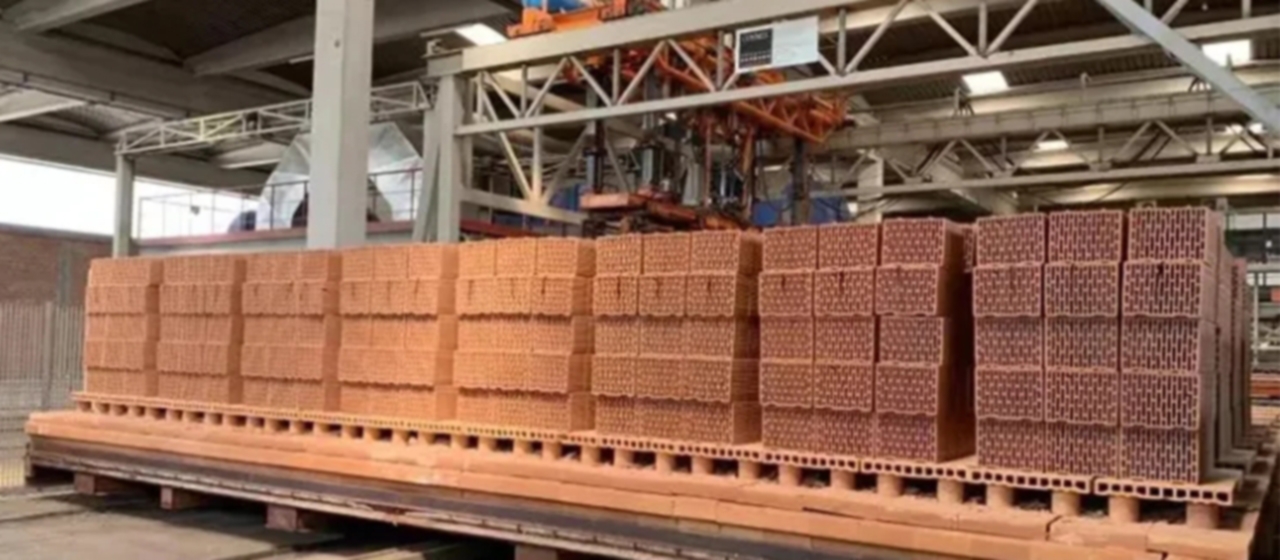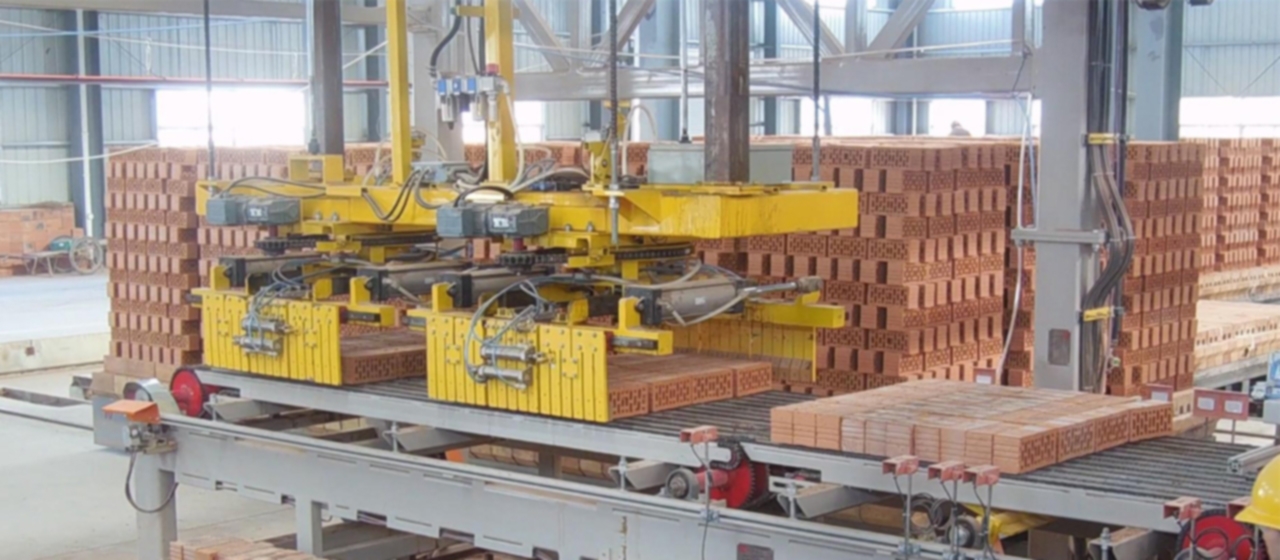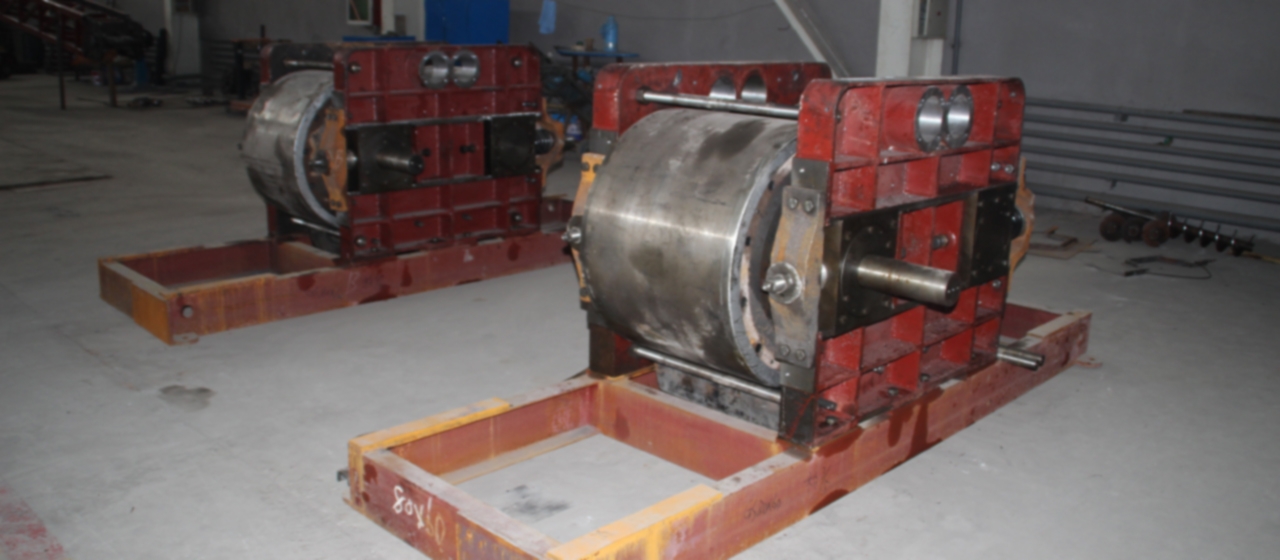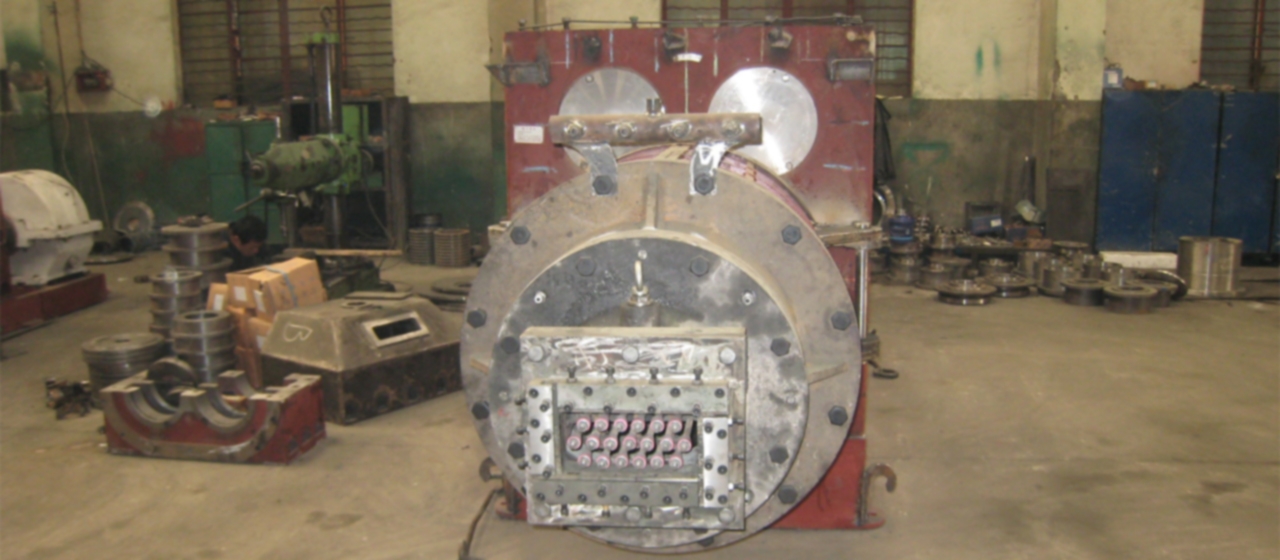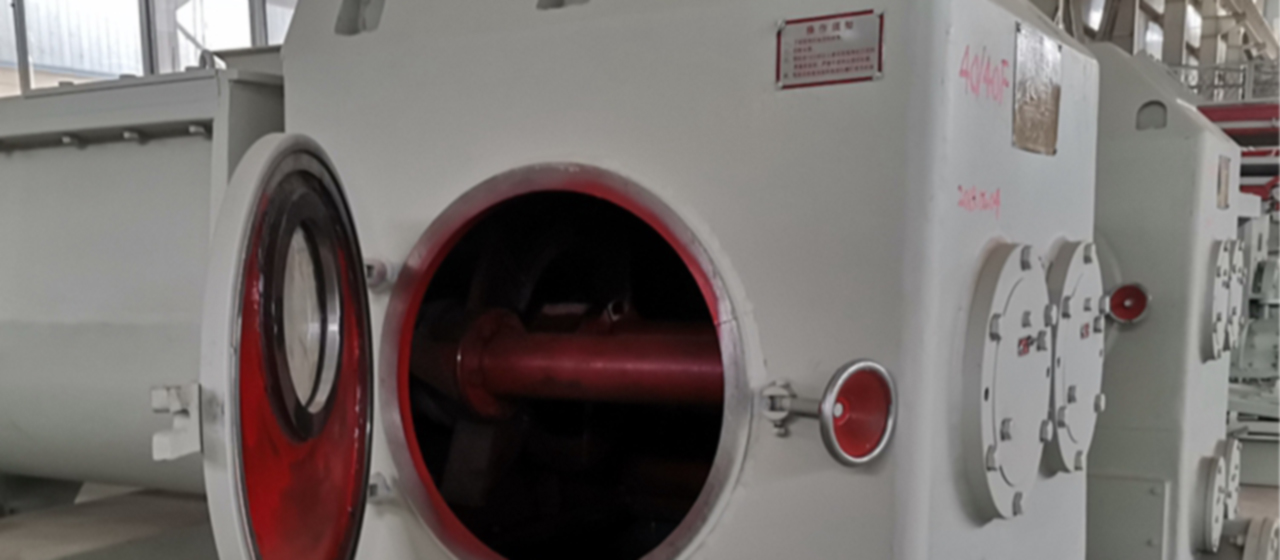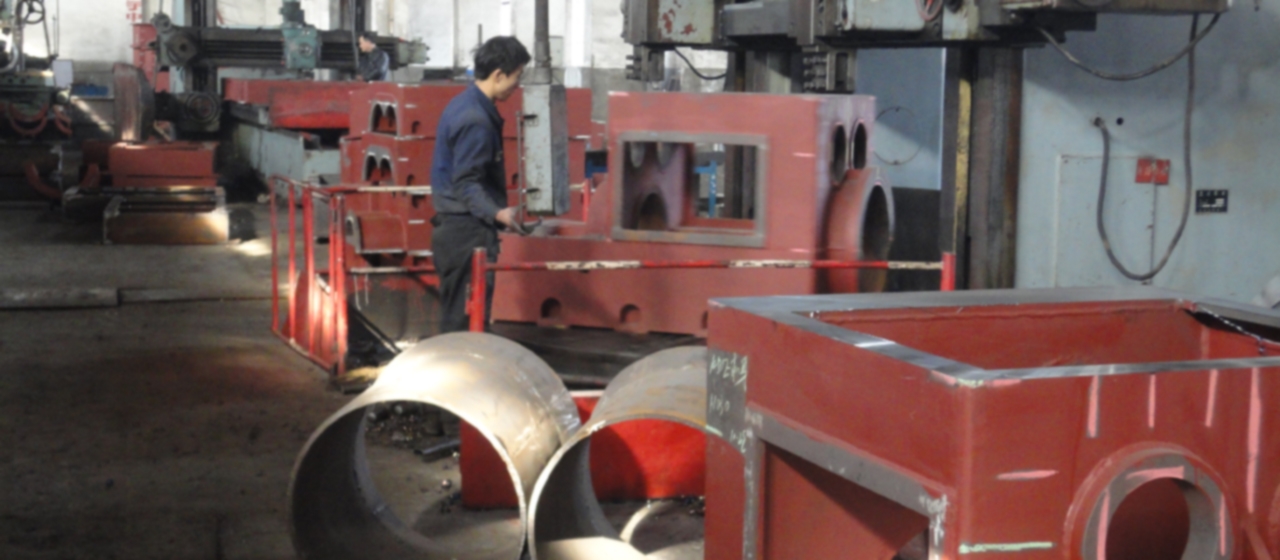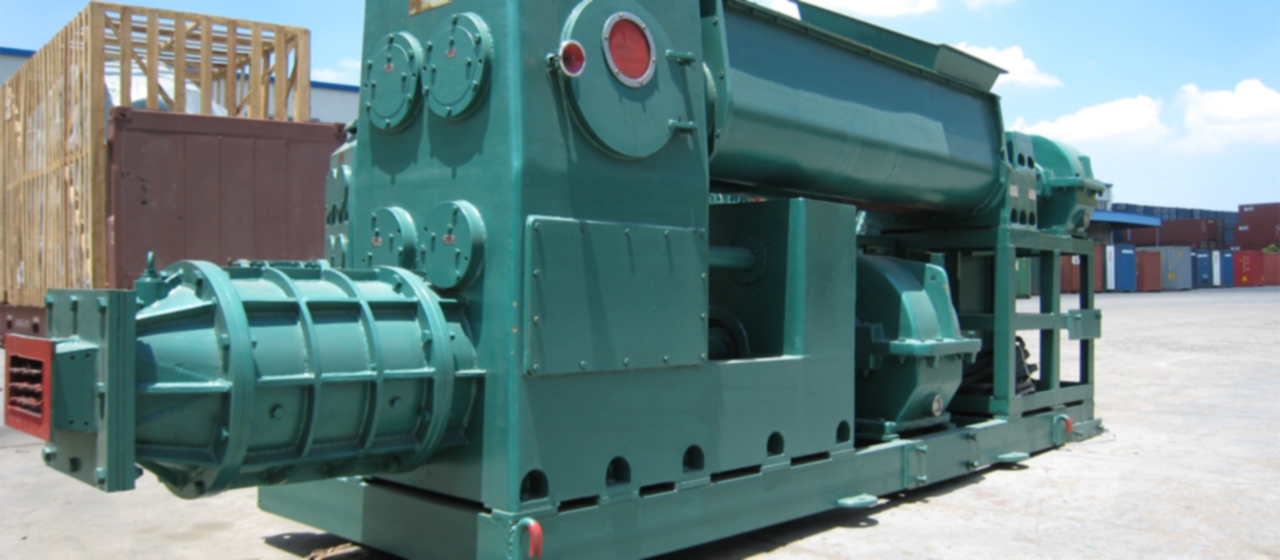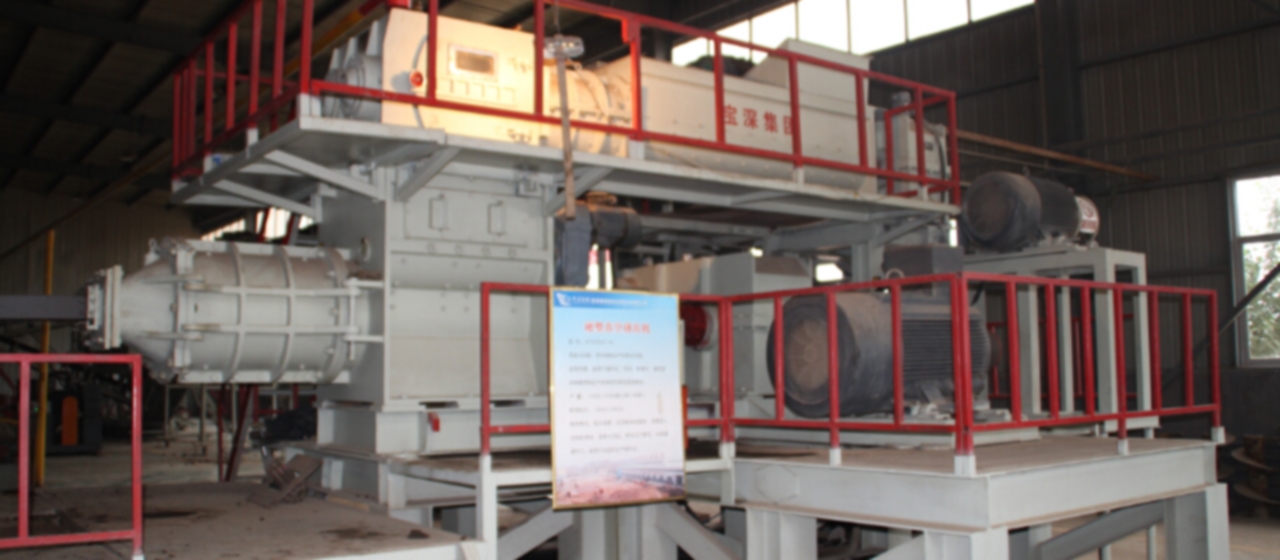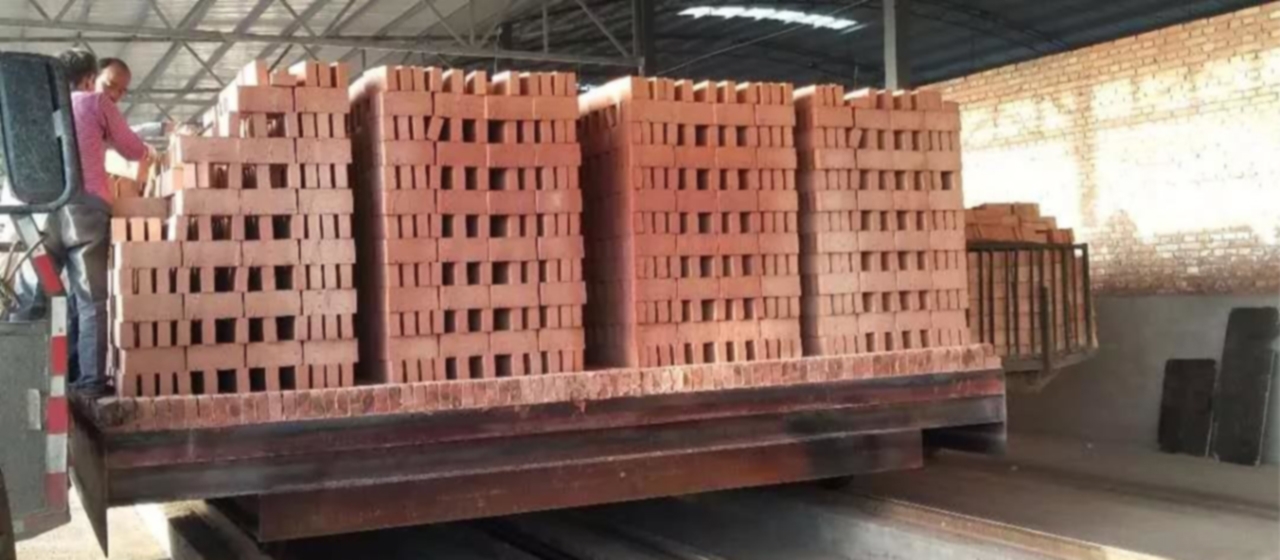Selection of cross-section for brick factory tunnel kiln
(1) Nowadays, there are more and more brick and tile factories using tunnel kilns as firing kilns, and choosing the appropriate size of tunnel kilns has become a topic of concern for brick factories. At present, the main specifications of tunnel kilns (divided by the width of the kiln chamber) roughly include: large section tunnel kilns above 4.5m, interrupted section tunnel kilns between 2.5m-4.0m, and small section tunnel kilns below 2.5m. However, small section tunnel kilns belong to the outdated kiln type that has been eliminated.

(2) We have selected a representative 4.6m tunnel kiln among the large section tunnel kilns. For the interrupted section tunnel kiln, we have grouped the popular 3.0m and 3.3m tunnel kilns in recent years, while for the medium section 2.5m tunnel kiln, which has an advantage in quantity, it is also included in the comparison column as a reference. So, the comparison of various tunnel kilns was simplified into the comparison between three types of tunnel kilns: 4.6m, 3.0m/3.3m, and 2.5m. In the comparative parameters, we added two production process conditions, “primary code firing” and “secondary code firing”, to the three groups of tunnel kilns, making them more practical reference value.
(3) Production: From the data in the table, it can be seen that the production of first batch firing is lower than that of second batch firing. The reason is that the height of the bricks fired in one batch (number of layers) is lower than that in the second batch, and the amount of bricks loaded on the same kiln car is less.
(4) Variety: One shot firing is suitable for producing solid bricks and load-bearing porous bricks, but not suitable for producing hollow brick products with large holes, because products with large holes and thin walls are prone to deformation under one shot firing conditions. Therefore, the product range of the secondary firing process is wider than that of the primary firing process.

